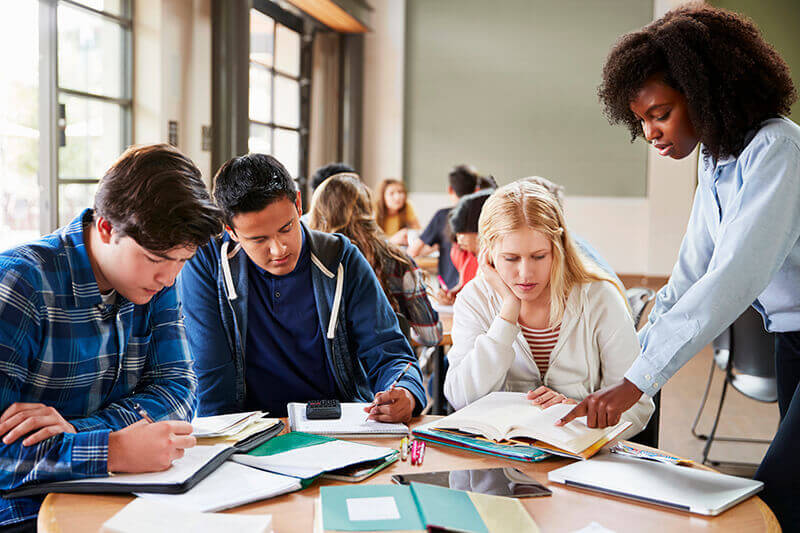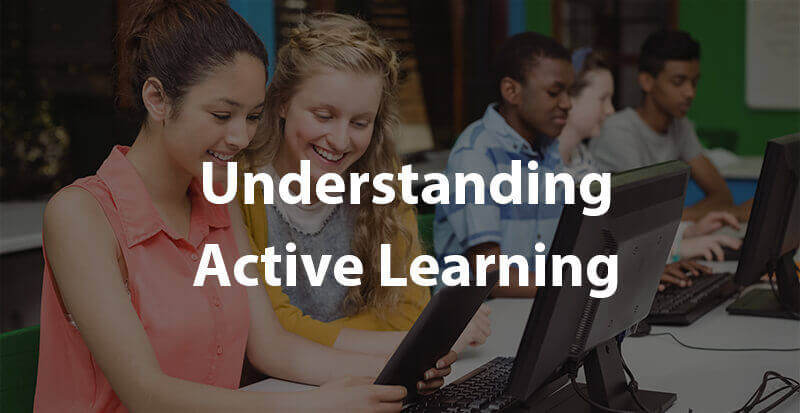I dare anyone to claim they’ve never nodded off in the back of a classroom during a particularly dull lecture. For most of us, growing up involved a lot of sitting quietly and listening hours on end to a teacher droning on in front of you and 30 other trapped students. If you were particularly diligent, you took notes. If you were less diligent, perhaps you filled the margins of your notebook with doodles like I did.
Passive Learning (oh please, make it stop…)
If any of this is rousing some childhood memories, then you’re familiar the disadvantages of passive learning. Passive learning is when students are simply taking in information from the instructor without actively engaging with it. For example, listening to a lecture or watching a video. It’s the sit in silence style of learning. Are those endless weeks of struggling to pay attention while a teacher recites information on the layers of the earth not your fondest memories ever? You’re not alone. And classrooms are finally moving away from that, by embracing active learning.
What is Active Learning?
Fundamentally, active learning is when students are actively engaging with the material they are learning. No more silent sitting. But what does that actually mean? Active learning encompasses hundreds of techniques and teaching strategies. It means students are discussing, working together, solving problems, asking questions, presenting on research and much more.

More than a Boredom Buster
Using active learning techniques has wide-ranging positive effects on students’ education. First and perhaps more obviously, it’s easier to capture the attention of students and keep their interest when they are actively doing something rather than simply sitting and listening. In fact, a study by Cornell University found that the average listener starts loses interest after only 10-20 minutes of a lecture. Engaging material and activities helps make the entire class period genuinely productive. Furthermore, students have the opportunity to ask questions, interpret material, and provide feedback – reinforcing the concepts and skills being taught.
Students are the Star
A key characteristic of active learning is a student centered classroom. It’s about swapping the format of class learning – as much as possible – from a group of kids staring at a single teacher, to the students actively taking part in their education. The teacher goes from lecturing to guiding student led learning. This can mean giving feedback to group projects and asking questions to guide a discussion. Not only is this giving students more chances to grow and practice the skills they are learning, they are more motivated because they become personally connected to both the material and their fellow classmates.

Collaboration is Key
Part of student centered learning is increasing collaboration in the classroom. For a teacher to take a more guiding role rather than strictly lecturing, correspondingly, students must step up to interact with not only their teacher but with each other. This can look like pair work to solve problems, small group presentations, or students asking and answering each others’ questions to help each other learn. Schools are increasingly providing their teachers with tools to facilitate this such as flexible furniture solutions that can be easily configured for group work, or dry-erase wallcovering, which can provide a floor to ceiling space easy for even large groups to work together. Collaborative learning builds students’ self esteem by giving them the practice to speak up, converse with their peers, and ask questions. This heightened level of interaction builds a greater sense of community in the classroom – with students supporting each other and being empowered to actively participate in their own education.
The Final Word
We’ve only just begun to dip into what active learning can entail. Creative teachers are constantly coming up with new strategies and techniques to create a more engaging environment for their students. The overall trend away from passive to active learning is being embraced rapidly and students are beginning to reap the benefits. Bit by bit we move towards a generation of kids who are so excited about learning, they’ll be appalled to hear about our math class naps.

